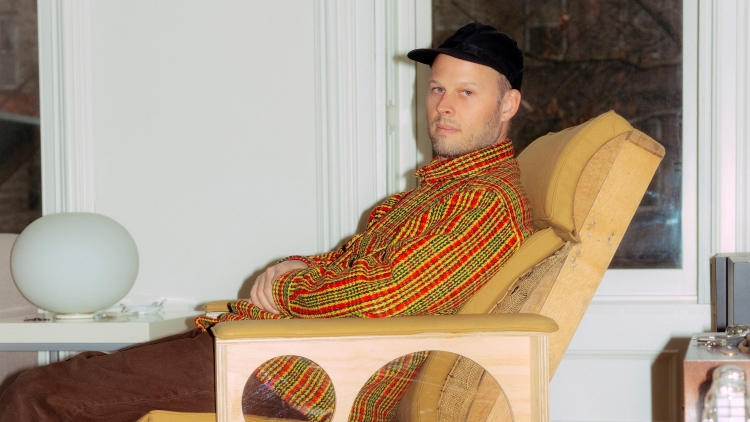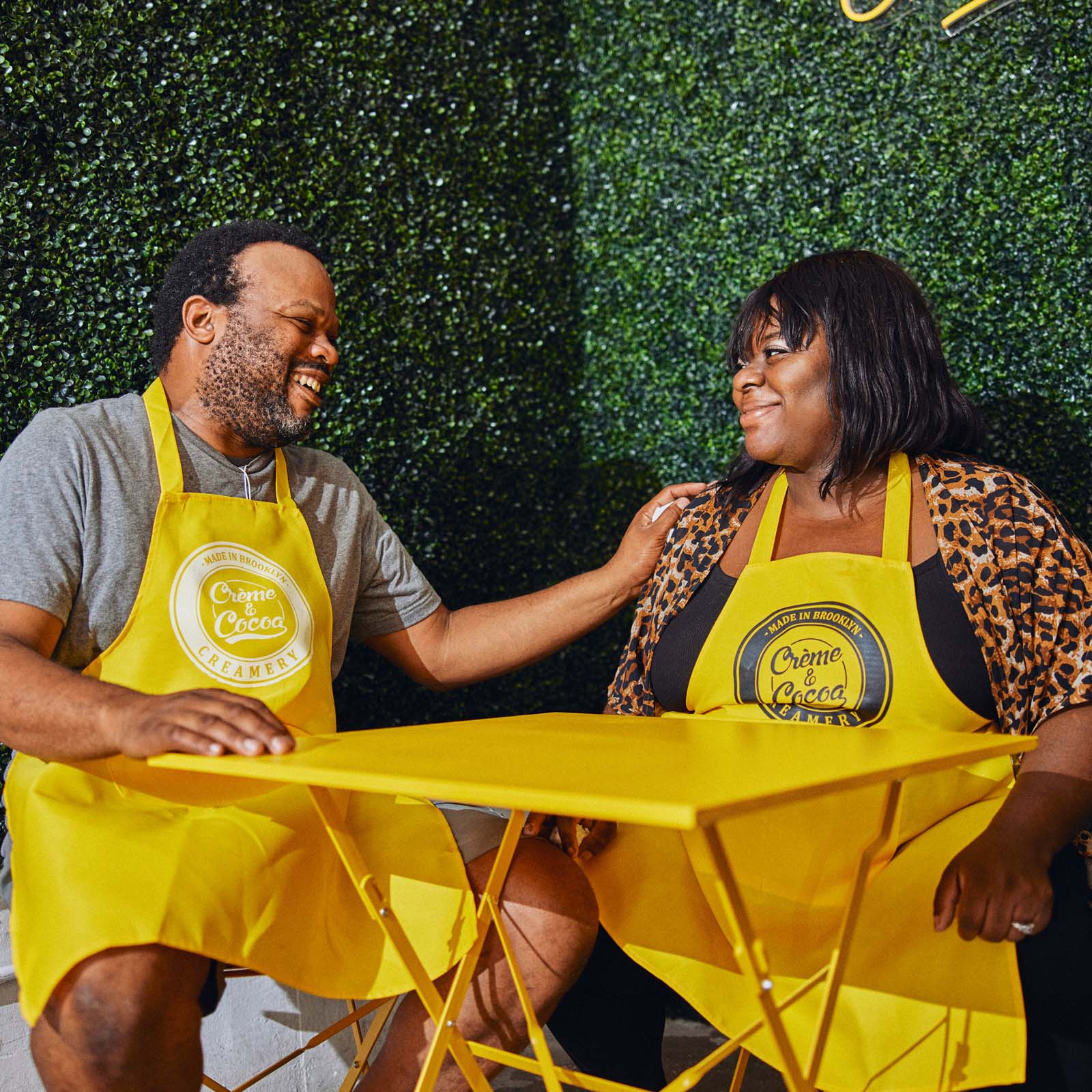
Devon Turnbull's custom-built speakers have been placed in streetwear label Supreme's stores, late designer Virgil Abloh's art shows and the home of musician Tyler, the Creator. Even New York City's Lisson Gallery, one of the most influential contemporary art galleries in the world, included one of his exceptionally large audio systems in an exhibition devoted not to music, but to sculpture. It was so well-received that Lisson will display more of his work at its London gallery this summer.
‘Yet when I first started telling people about my move into audio equipment,’ Devon explains from his Brooklyn townhouse, which has a listening room on the top floor, ‘I may as well have told them I'd quit fashion and started trading stocks.’ In fact, Devon – who has always gone by the name OJAS (a Sanskrit term that loosely means ‘life vitality’), first as a DJ and a graffiti artist, then as a co-founder and designer of hype streetwear brand Nom de Guerre, before quitting to focus on building sound systems – explains that this kind of indifferent attitude carried on for more than a decade.
‘People always asked: “Hey, do you wanna design some graphics or clothing for my brand?”’ he says. ‘I'd respectfully tell them I wasn't working in those fields now; I'd tell them that audio equipment is what I was focusing all of my creative energies on. But barely anyone got it. Honestly, no one cared! Thankfully, I'm in a cool moment right now.’
As Devon became the go-to builder of custom audio systems for some of New York City's most influential creatives, OJAS grew from a nickname into a business.
On what it takes to become successful in the world of high-end audio, Devon says: ‘To want to continue to refine something again and again and again. You have to have obsessive attention to detail. You need to be in this sweet spot of caring but not driving yourself crazy. There has to be a balancing act.
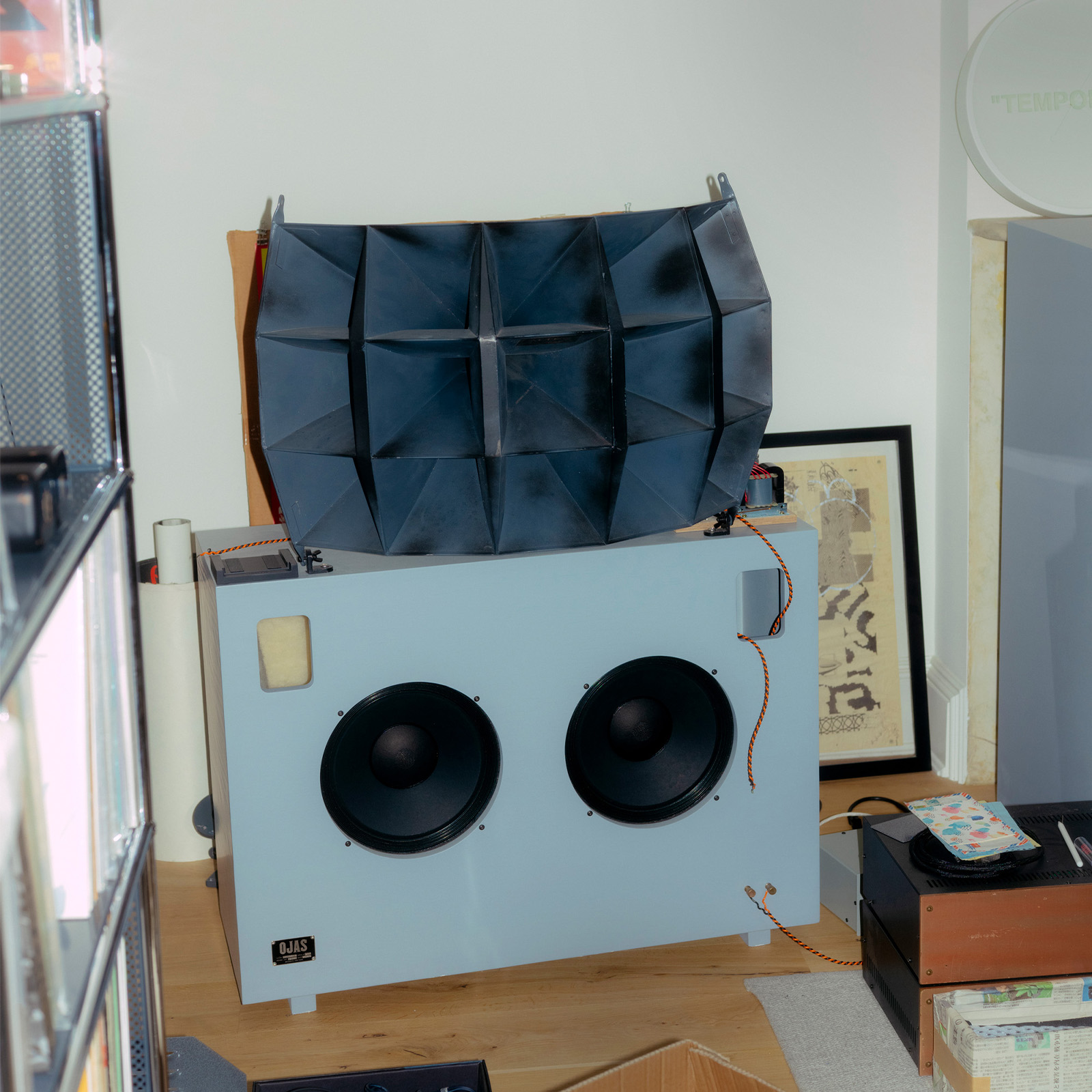
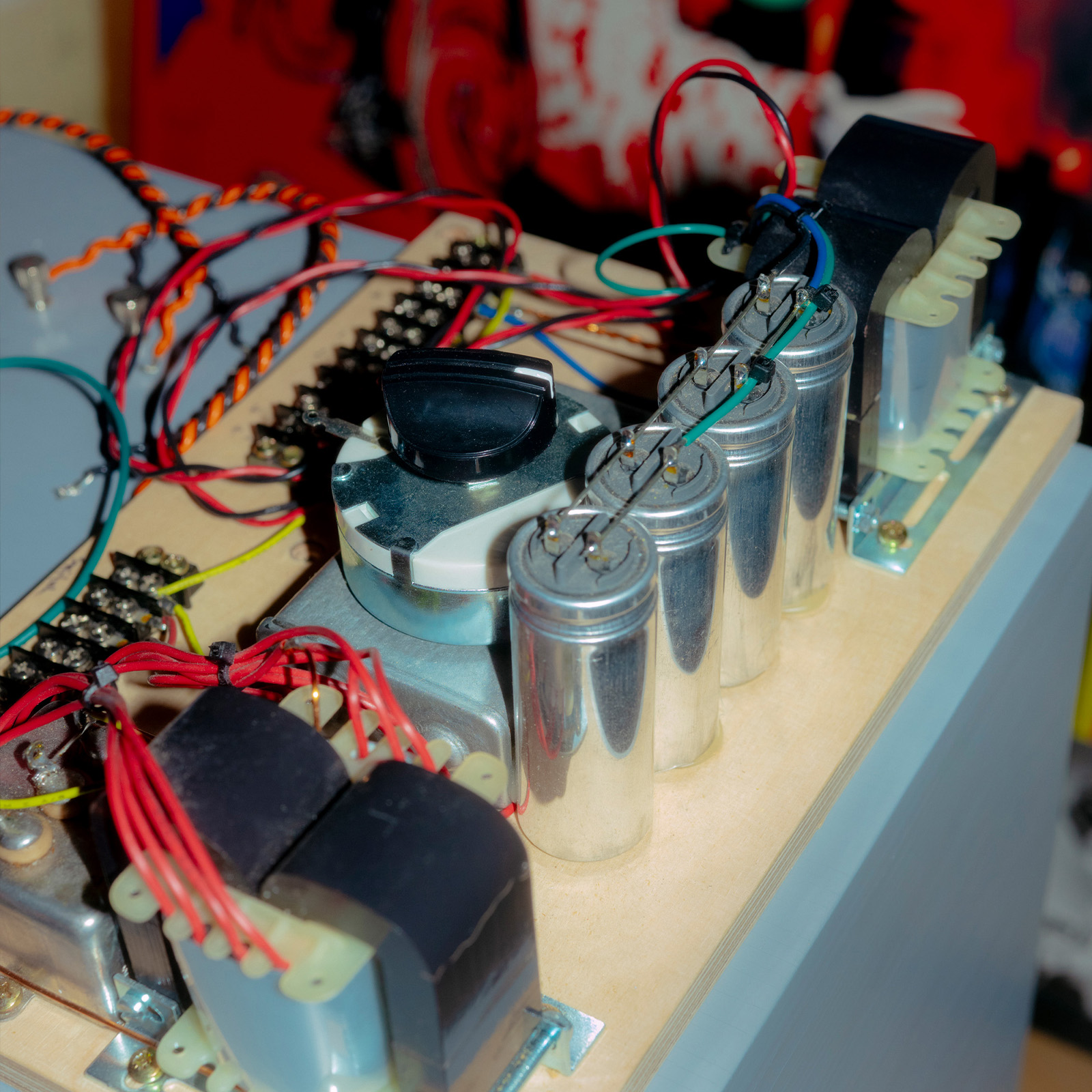
‘It's hard because I definitely obsess over things. That's one of my traits,’ he continues. ‘I find it similar to playing a game, reading a book or watching a film – that sense of: I'm gonna stay up all night because I want to get to the end. I can't live with not making progress.’
Due to the labor-intensive and highly specialized knowledge required to build sound systems like these, they don't come cheap. OJAS charges $5,000 for some speakers, while its most expensive can go for $100,000. Either way, even if you have enough money, you still might never get hold of them. Product launches are announced on his Instagram account and, whenever he drops something new, he's swamped with DMs as followers try to snap them up. They sell fast and there's extremely limited supply – OJAS builds just 15 to 20 custom speaker setups per year. It's a painstakingly detailed, hands-on process. (Some of the DIY kits come with assembly manuals that run to 60 pages.)
‘If I build a system and it doesn't sound right in my room, if it doesn't sound like something I want to listen to for the rest of my life, I'll change it or move on from it. Sometimes, I'll be working on something and people get a glimpse of it, and they suddenly really want it on the basis of how it looks. But if it doesn't sound better than a current model or what it's meant to replace, then it won't exist. I'll scrap it. It's important to hold yourself to account, because you need to stick to your sonic signature. Everyone has their own sonic signature.’
If it takes a village to raise a child, it takes a sprawling metropolis to achieve Devon's sonic signature. ‘You can give two people the same amp, the same circuit, the same schematic, and so on, yet the finished build will sound different,’ Devon explains. ‘Even the style of wiring affects the audio, as does the component selection. You have to have the right people around you.’
And there are many. His core team – two day-to-day assistants – had never made an audio system before joining OJAS. ‘So far, I've been very open source, sharing a lot of my designs and processes – but that's unusual in this space. Usually the name of the game is to hide the trace. People rarely disclose the manufacturer of the parts or tell people who builds the capacitors, but I've always been this way. Handing down the knowledge and practices is really important to me,’ says Devon.
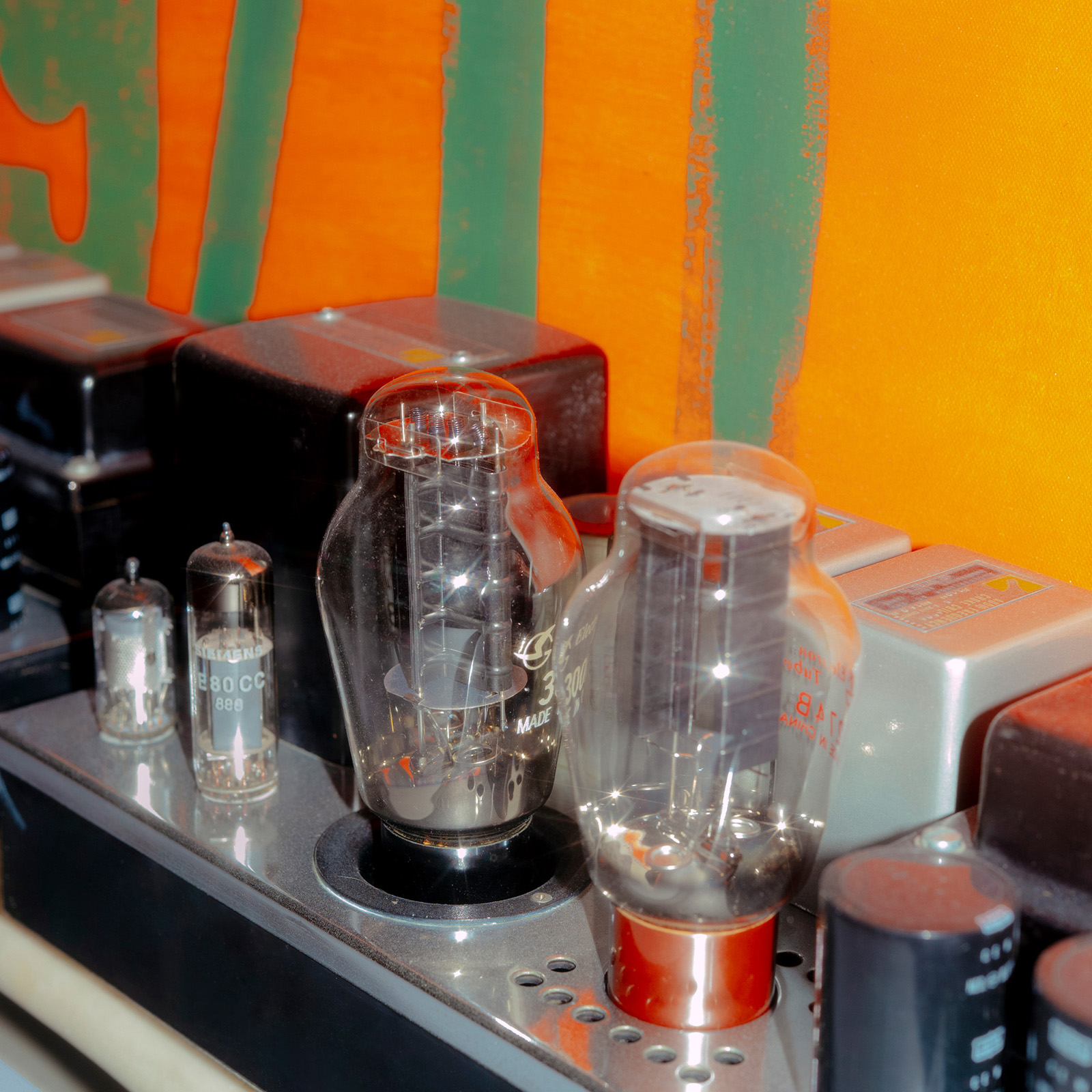
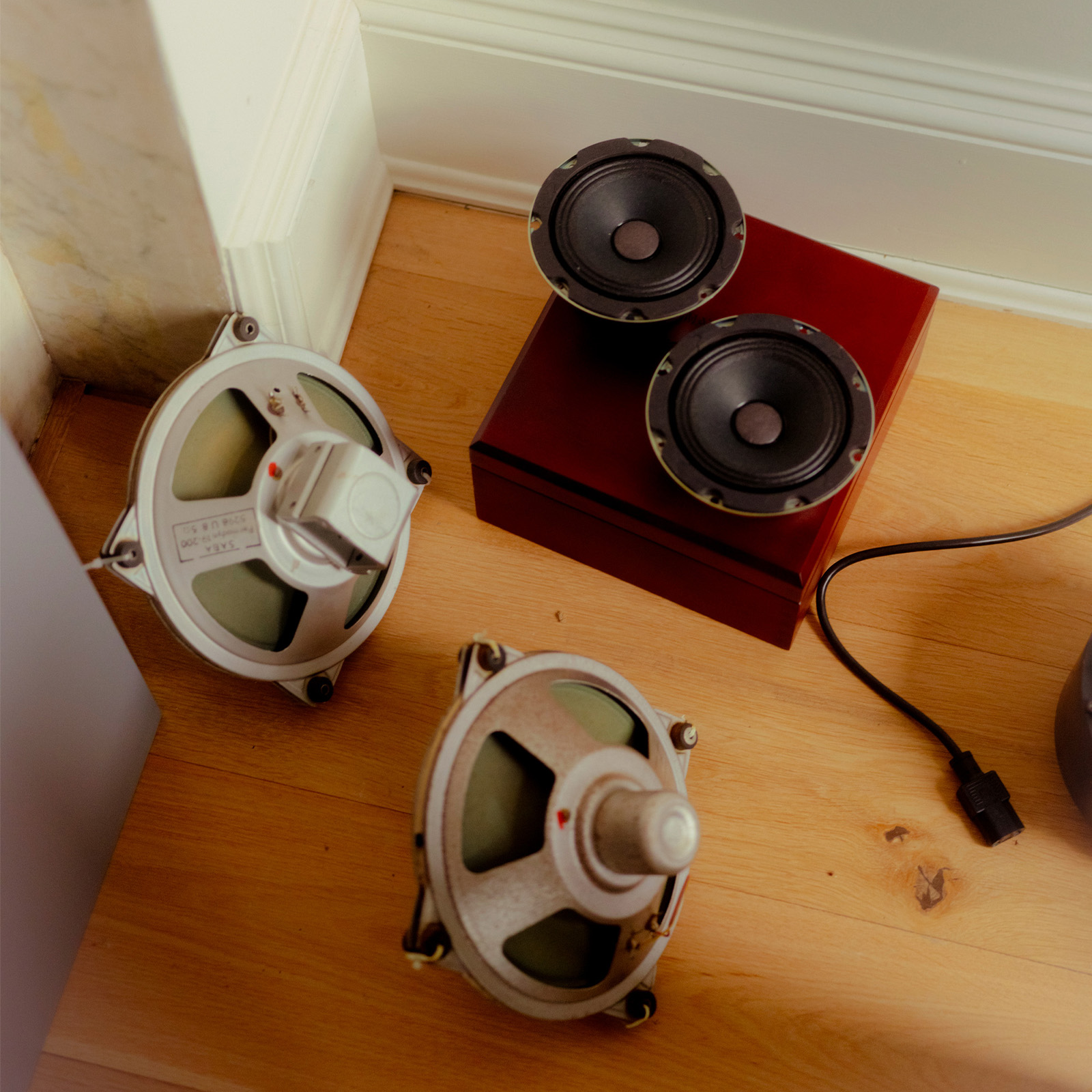
He's also sold DIY custom-build speakers at much cheaper price points in an effort to ‘create a hi-fi for everyone. I'm trying to democratize this incredibly rarefied world. It's pretty rubbish that, these days, people don't have good stereo systems to listen to stuff on. I want to be as democratic and transparent as possible without hindering my ability to make the things I want to make.’
To combat this problem, he hopes to create more public listening rooms – a tradition that has routes in Japan and South Korea in particular. Each listening room varies, but most contain huge stereo setups where you can go to listen to music and reflect – quiet, please – in dim, atmospheric surroundings. There are around 600 left in Japan, which might sound like a lot, but it pales in comparison with the heyday of listening rooms in the seventies and eighties, according to Devon, who runs an Instagram account documenting ‘the golden age of Japanese audiophilia’.
Devon is currently working on opening a listening room in downtown New York. ‘I'm creating a space for people to experience all the aspects of audio I'm interested in. There'll also be a retail component, as well as a space for workshops. I'm hoping to inspire and educate people about audio on a much deeper level,’ he says. ‘I couldn't believe any more strongly that music as an art form deserves these spaces.’
Audiomania, from Japan to beyond
Japan. ‘The post-war era in Japan was when listening rooms really got going, and the pinnacle of Japanese audio culture took place from the seventies to the nineties,’ says Devon.
The US. ‘Some of the most valuable vintage audio gear was made by US manufacturer Western Electric. But it's disappearing. A lot of it was chucked into dumpsters. Stuff that was saved went to the collectors' market in Japan.’
South Korea. With listening rooms and audiomania on the decline in Japan, Devon reckons that South Korea will now lead the way. ‘As someone who fetishizes audio components, it's a scene that I'm looking to explore more.’

Devon's greatest hits
Lisson Gallery, 2022. The audio system Devon made for a group show at the Lisson Gallery was ‘the purest expression of my work to date’, he says. ‘My world offered up to you.’
Nine Orchard Hotel, 2022. ‘A crazy, mind-blowing project to work on. The scale of it!’ says Devon of his work kitting out the luxury boutique hotel in New York's Lower East Side.
Public Records, 2019. Devon's Sound Room at Public Records – a restaurant, bar and arts venue in Brooklyn – quickly earned a reputation for having New York City's best sound system.
Testing, testing
‘Whatever record I'm listening to every day for several months – that'll usually be the record I use to tune a system with,’ says Devon. ‘I need to know how something sounds in my ears. I also have some regular go-tos.’
Miles Davis. ‘I love classic and modern jazz. And I know Miles' music so well from listening to it for years.’
Bob Dylan. ‘Again, I just know his music so well. I mainly use him to tune vocals to.’
Aphex Twin. ‘The systems I build aren't really designed for playing dance and electronic music. Still, sometimes it's what I want to listen to – it has to be satisfying, too.’
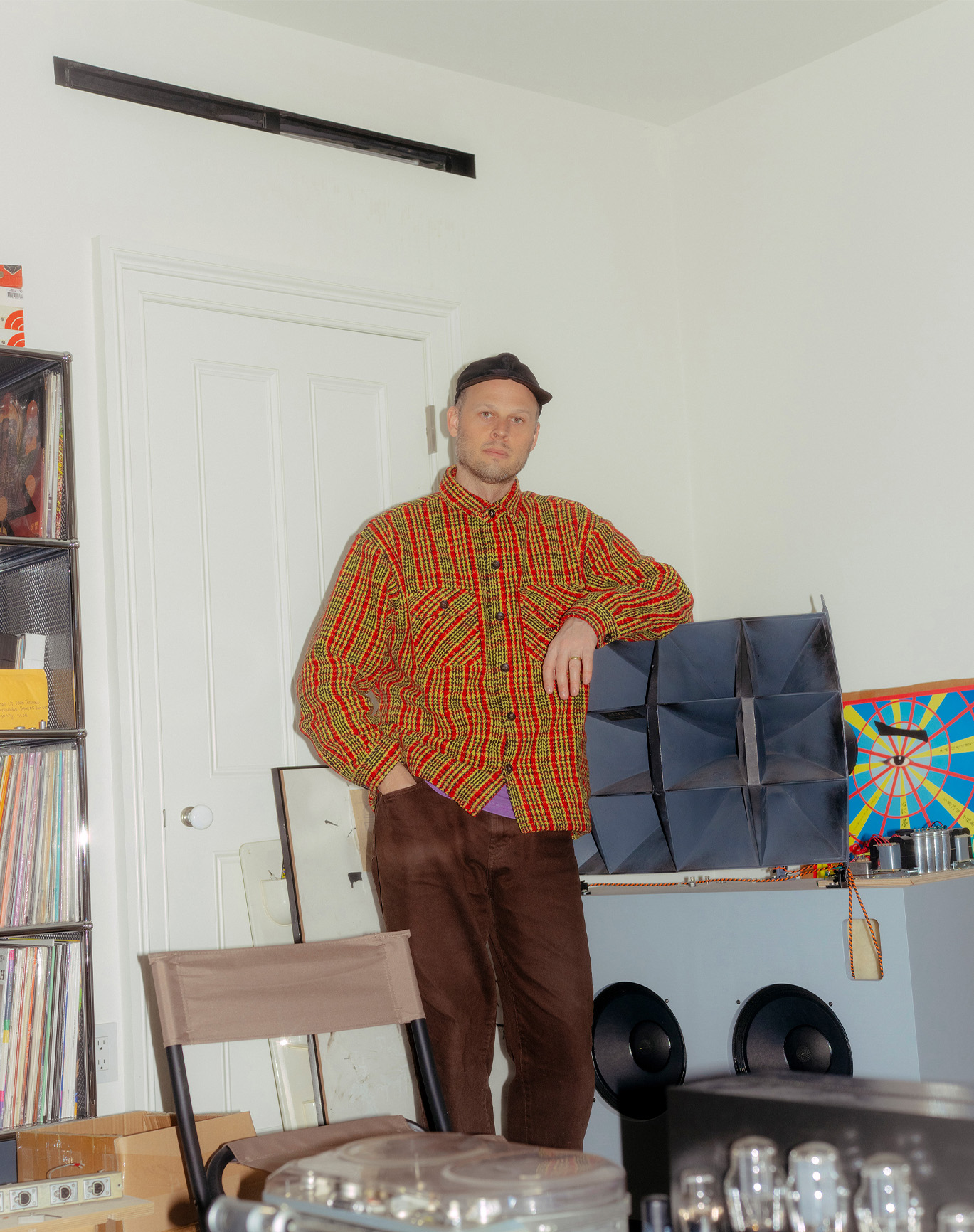
A version of this article was first published in Courier issue 50. To purchase the issue or become a subscriber, head to our webshop.
